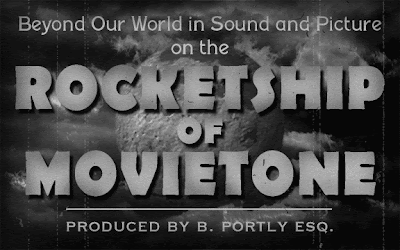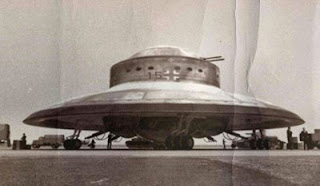The original d10 only version of this post appeared in 2011. Here it is again, revised and expanded...
“It was a motley crowd, Earthmen and Martians, and Venusian swampmen and strange, nameless denizens of unnamed planets...”
- CL Moore, “Shambleau”
This could be used with any pulpy space game:
01 A shifty-eyed human trader eager to unload a large, glowing jar containing squirming creatures he claims are solar salamanders.
02 Two
spacers in aged flight suits. They're of human stock but congenitally scarred from
in utero exposure to poorly shielded drives and strange cosmic radiations.
03 Four pygmy-like “mushroom men," fungoid sophonts from the caverns of Ganymede. They are deep in their reproductive cycle and close proximity gives a 10% chance per minute of exposure inhaling their spores.
04 A reptoid outlaw with bloodshot eyes from chronic
hssoska abuse and an itchy trigger-claw.
05 A balding man with thick glasses and a nervous look sits in the shadows. If observed for at least a minute he will be seen to flicker like a bad transmission on a viewscreen.
07 A human child with pigtails and sad eyes surrounded by a faint nimbus of swirling, colorful lights.
08 A cyborg gladiator (his machine parts occasionally leaking oil) on the run from one of the L4 arenas regales two groupies with his exploits.
09 A scruffy prophet and his 1d4 wide-eyed and oddly-dressed teen acolytes, dealing in "spiritual enhancers."
10 Blonde and statuesque Venusian women, neuro-goads on their belts, looking for a suitable male.
11 A hard-faced man with steel-gray hair and a military baring watches the diverse patrons with a cold gaze. His aging uniform might be recognized as that of the humans-only Knights of Solar Purity revolutionary group, crushed in the Phobos Uprising.
12 3d6 Creatures(?) like fist-sized fur tumbleweeds that move with suprising speed and attach to glowing with some sort of electrostatic force burst from a storage bin, presumably accidentally lift in an alcove. Could they be examples of the fabled florofauna of Vesta?



































